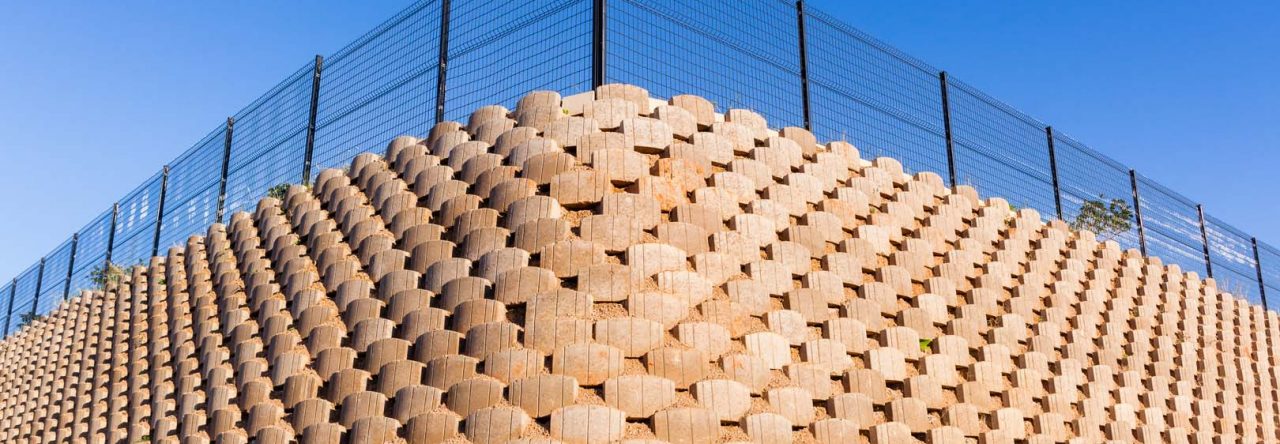
Stamped concrete has become an increasingly popular form of construction material across the country. Stamped Concrete involves imprinting decorative concrete through the use of heat and pressure. The concrete stamps are made by pouring concrete slabs directly into molds. Once the concrete is poured, it is allowed to cool and solidify. The solidified concrete can then be stamped by hand or with a roller.
Stamped concrete is popular with homeowners because it can create anything from elaborate patterns to vibrant, bright colors. Because the decorative concrete can be stamped into any size, shape, or color, the stamped concrete project can be completed quickly and on budget. This also means that homeowners can choose colors that will compliment their outdoor spaces rather than settle for a bland, gray pool deck. With the wide range of colors available and varying textures and finishes, homeowners are also able to add splashes of color or merge different colors into one large piece.
There are two main types of decorative concrete available today. A kind of stamped concrete uses opaque color chips that approximate the look and feel of natural stone. Real stone dust is often used in the stamping process to enhance the appearance of the stones. The other style of stamped concrete uses textured paint chips that resemble natural stone but are highly resistant to staining. The paint chips do not resemble real stone dust and can last for many years with proper care.
Installing stamped concrete is fairly straightforward. Homeowners must first locate their local plumbing contractor and have them prepare the area by removing all debris from the area. Then, a thick layer of plywood must be installed over the remaining concrete slab. Once the plywood is in place, the remaining portion of the concrete slab is laid out along the previously prepared lines.
The final step of installing stamped concrete patterns is to set the color and texture of the stone tiles according to the homeowner’s preferences. Most homeowners choose to use traditional, natural stone patterns like rectangles, squares, and trapezoids. However, some homeowners have used irregular geometric shapes, zigzag lines and circular designs to create a unique look. In addition to using real stone tiles, homeowners may also choose to use other materials like ceramic, glass and granite tiles.
Once the surface has been properly installed, homeowners should then add additional finishing steps to their project. These finishing steps can include decorative concrete overlays. These decorative overlays can be used to greatly reduce the appearance of unsightly seam lines and to further improve the overall look and texture of the decorative concrete. Decorative stamped concrete overlays are typically sold in larger volumes than the actual stamped concrete tiles. Therefore, homeowners should always make sure to check the dimensions of the decorative concrete overlays before they order them.
In addition to decorative concrete patterns, homeowners may also opt to use non-slip flooring materials. There are many options available for homeowners to select from when it comes to non-slip materials. Some of these options include tile, linoleum and pavers. Homeowners should also bear in mind that they do not need to use the same non-slip material for both the stamped concrete patterns and the decorative colors that will be laid onto the floor. This means that a homeowner could use tile and linoleum for the exterior and use paper for the interior.
Installing stamped concrete designs and decorative colors will not only provide a stronger foundation for walkways but will also enhance the overall look and feel of the home. Walkways made from real stone offer the homeowner the opportunity to create an aesthetic design scheme for the exterior and an intricate, custom design scheme for the interiors of their home. The striking contrast between natural stone and stamped concrete designs is something that homeowners will find extremely pleasing. Stamped concrete walkways are a practical and beautiful option for creating a link between outside and inside.
